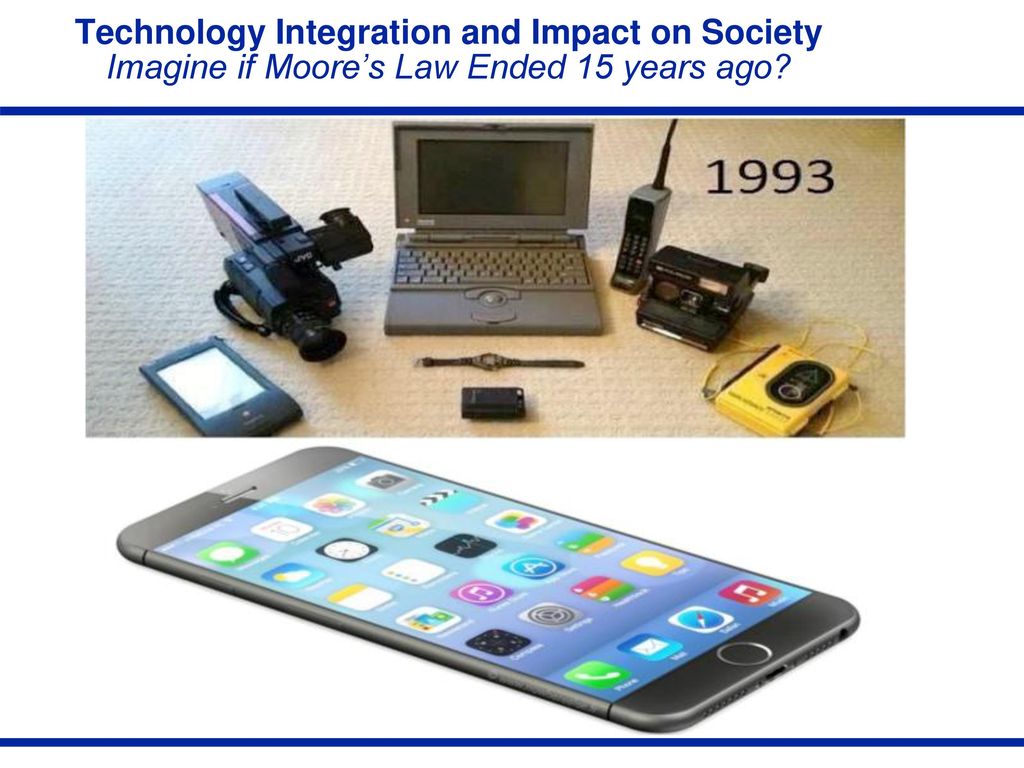Moore’s Law and Microchip Development: Unveiling the DNA of Technological Advancement
In the intricate tapestry of technological evolution, few principles have shaped the landscape as profoundly as Moore’s Law. The impact of Moore’s Law on the microchip industry is a symphony of innovation, resilience, and relentless progress. As we delve into the intricacies of microchip development and Moore’s Law, we unearth the profound influence of this principle on technology, revealing its underlying code for tech advancement.
The Genesis of Moore’s Law

Moore’s Law, formulated by Gordon Moore in 1965, was not merely an observation but a prophecy that would redefine the trajectory of microchip development. Moore prophesied that the number of transistors on a microchip would double approximately every two years. This prophecy was the spark that ignited the Moore’s Law impact on the microchip industry.
Microchip Development and Moore’s Law
At its core, microchip development is the embodiment of Moore’s Law in action. The relentless drive to double the number of transistors on a microchip within a specific timeframe fueled a technological arms race.
Microchip manufacturers embarked on a journey of innovation, pushing the boundaries of miniaturization and performance. The once-unimaginable complexity of integrated circuits became a reality, enabling advancements in computing, telecommunications, and beyond. Thus, the intrinsic connection between microchip development and Moore’s Law became the lifeblood of technological progress.
The Moore’s Law’s Influence on Tech
The influence of Moore’s Law on tech transcends the realm of microchips. It has permeated every facet of the digital age, serving as the cornerstone of progress in computers, consumer electronics, and beyond.
Computing Power and Miniaturization
The exponential growth predicted by Moore’s Law has manifested in the continuous increase in computing power. From the early mainframes to the pocket-sized smartphones of today, the evolution is a testament to the law’s influence on tech.
Microprocessors, guided by Moore’s Law, became the beating heart of personal computers. The transformative power of these tiny chips allowed for complex calculations, multimedia experiences, and the rise of the internet.
Consumer Electronics and Connectivity
The impact of Moore’s Law extends to consumer electronics, ushering in an era of smart devices. From digital cameras to wearables, these gadgets have benefited from the law’s influence on tech, offering enhanced features and connectivity.
Smartphones, for instance, have evolved into multifunctional devices, integrating powerful processors, high-resolution cameras, and seamless connectivity—all made possible by the relentless pursuit of Moore’s prophecy.
Data Processing and Storage
Data has become the lifeblood of the digital age, and the growth of data processing and storage technologies owes much to Moore’s Law. Advances in microchip development have enabled the creation of high-capacity storage devices and efficient data processing systems.
Cloud computing, big data analytics, and artificial intelligence thrive in an environment shaped by Moore’s Law. The ability to process vast amounts of data quickly and efficiently has revolutionized industries from healthcare to finance.
Tech Advancement and Moore’s Law

The journey of tech advancement is intrinsically linked to Moore’s Law. This relentless pursuit of doubling transistor counts has birthed innovations that have transformed the way we live and work.
The Challenge of Miniaturization
One of the defining challenges of tech advancement driven by Moore’s Law is the race for miniaturization. As transistors shrink, researchers encounter physical and engineering limitations.
Quantum effects, power consumption, and heat dissipation pose formidable challenges. Engineers and scientists explore novel materials, advanced lithography techniques, and new architectures to sustain the pace of tech advancement dictated by Moore’s Law.
Emerging Frontiers: Quantum and Beyond
As traditional semiconductor technology approaches its limits, the exploration of emerging frontiers becomes imperative. Quantum computing, with its potential to perform calculations that elude classical computers, stands as one of the most promising paths.
Quantum processors, characterized by qubits, defy the binary nature of classical bits. Companies and research institutions worldwide are engaged in a race to harness the potential of quantum computing, offering a glimpse into the next phase of tech advancement.
Conclusion
The enduring legacy of Moore’s Law is a testament to human ingenuity and our insatiable hunger for progress. From the heart of silicon wafers to the farthest reaches of quantum computing, Moore’s Law’s influence on microchip development and technology is a guiding star in our ever-evolving digital journey.
As we navigate the challenges and emerging frontiers, one thing remains certain: Moore’s Law will continue to be the driving force behind the relentless march of tech advancement. Its influence is woven into the very fabric of our technological age, revealing the secret code of progress in every transistor, every chip, and every device that defines our digital future.


